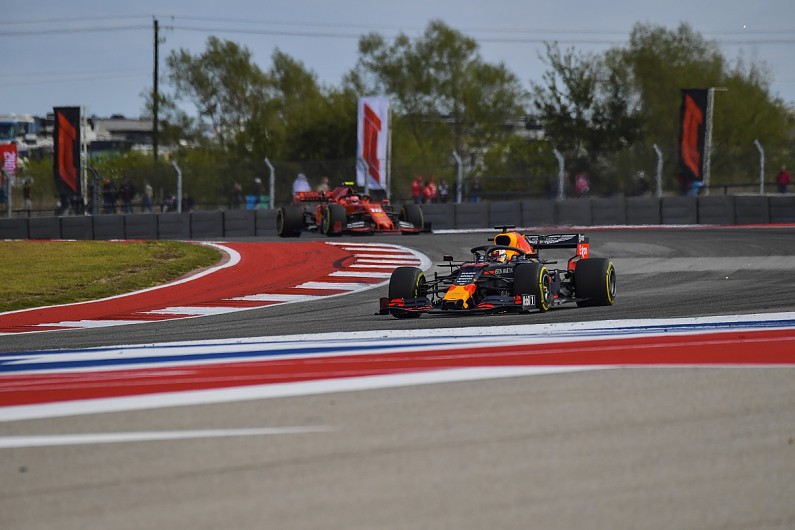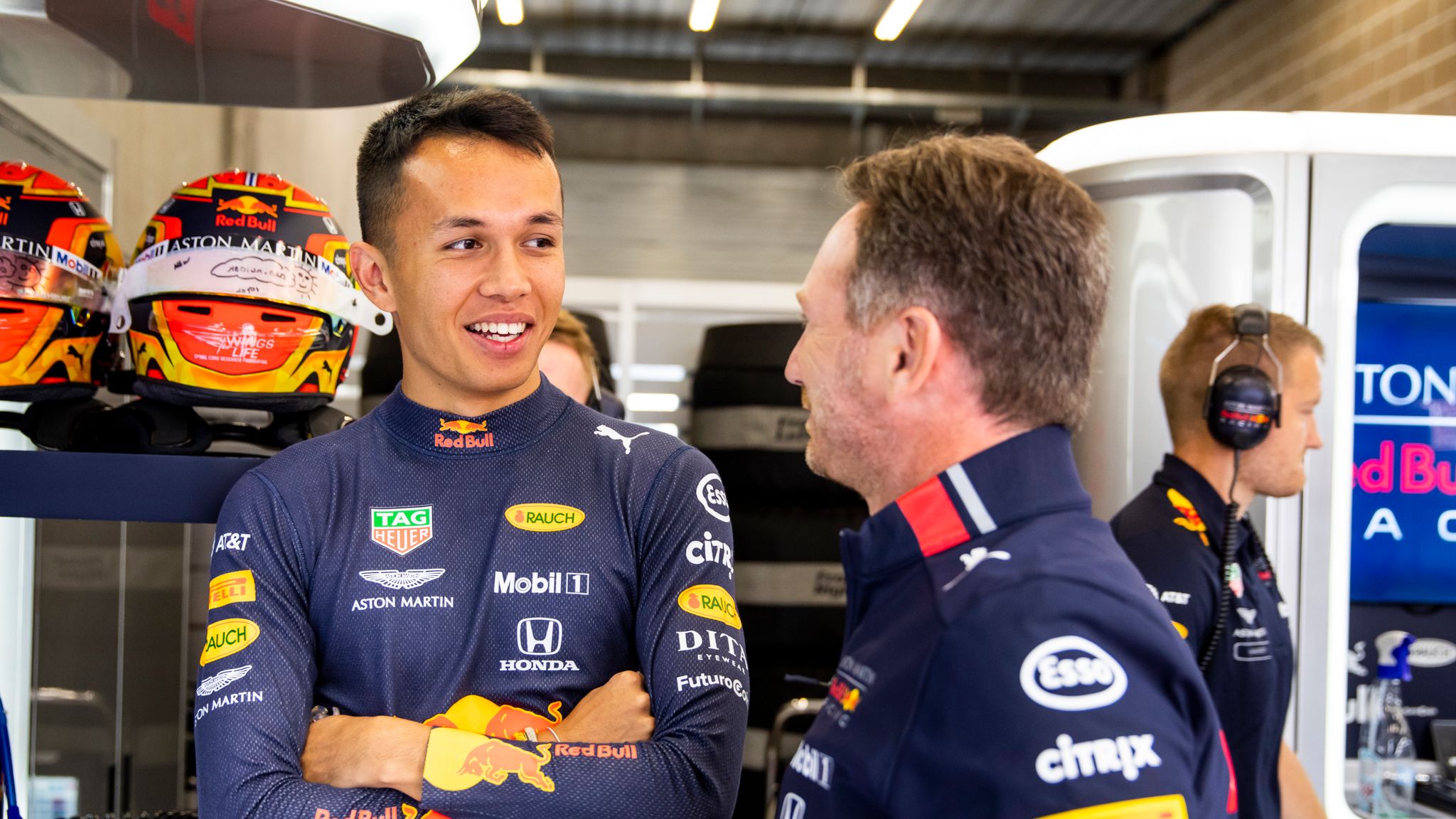With the Australian Grand Prix done and dusted, Mercedes again showed how mighty they are, despite propagating preseason testing fake news that their package was substandard and Ferrari were way ahead for the race in Melbourne.
The weekend Down Under proved that it was all lies, the W10 yet again a super piece of kit. In qualy Lewis Hamilton’s pole-winning effort was seven-tenths better than anything their rivals had under the skin and then, in the race, Valtteri Bottas drove into the distance winning by over 20 seconds, to Hamilton, 22 seconds to Verstappen and a whopping 57 seconds ahead of the best Ferrari.
Most teams would love to have the “problems” that Toto Wolff annually tells everybody his goliath of a team are experiencing, when in fact it’s all a smokescreen. Hence this open letter.
Dear Toto,
Congratulations on a most dominant victory at Albert Park, your guys produced another rocket ship, as they have for the past half dozen years and of course you cleaned up. But then you knew that would happen.
Before lashing out I will put it on record that the Mercedes F1 Team built under your watch is, in my book, the most potent F1 outfit in the history of the sport. McLaren in their heyday of the eighties, Williams in the nineties and Ferrari in noughties are simply no match. Bravo!
Ahead of the season opener you and your spin-doctors began spewing the disinformation that your package was suspect ahead of the new year and all us fools bought it as we have tended to over the years.
Again, it was a lie because when you unleashed what you had in Australia, under the impression Ferrari had more ammo, it was clear you still had a ton in reserve (maybe you showed too much on the day?) and your lads used it to great effect for the front row lockout and then claiming the top two steps of the podium 24-hours later. No victories are more emphatic.
Seb nailed it when he quizzed reporters during a press briefing after FP2 in Melbourne, “What was all that bullshit about them: Oh, we’re so out of shape and so on?”
It’s time to stop the bullshit by illustrating the damage you do to your own legacy with the disinformation you disseminate by laying out my version of a conspiracy theory spawned by your years of dishonesty in this regard, namely claiming your team have issues when there were never any while keeping the real advantage under wraps.
Since around 2014 when your outfit produced the most magnificent engine package in the history of the sport, savvy as you are, you realised what you had in your control – this awesome PU – was so good that it could destroy the sport.
You had to detune your package that year as your rivals tripped up over themselves trying to master the technology while trying in vain to challenge your team.
You dominated that year, but it worried you because destroying much-loved rivals is hardly endearing. The haters were growing. F1 was in trouble, and so were you.
Your solution, dropping off the ‘How To Build A Winning F1 Engine’ manual at Maranello in an effort to Ferrari up to speed with the new technology which your crew had mastered so effectively. Of course, vehement denials ensued.
But, after witnessing Ferrari enjoy a remarkable surge in the power unit stakes the first to smell a rat and go public was Red Bull’s Helmut Marko who in early 2005 said, “It is difficult to prove, but I am sure that Mercedes helped Ferrari. And we all know why.”
Marko suspected the motives were political and claimed it was not just Mercedes’ desire to address suggestions it was damaging F1 by dominating so effortlessly. The Red Bull consultant suggested that the ulterior was by helping the Scuderia they made an important ally with regards to the future of F1 being mapped right now.
At that time Sport Bild reported that Mercedes may even have slowed its own development programme over the winter, and had recommended that Ferrari sign up its hybrid specialist Wolf Zimmermann.
Tellingly, Sauber engineer Giampaolo Dall’Ara said of the Ferrari’s 2015 engine, “We expected an improvement, but such great progress in such a short space of time is difficult to explain.”
But of course, it was all hearsay until a year later F1 chief Bernie Ecclestone (with a finger in every single pie in the paddock) said as much in a dual interview with you and even accused you of not helping enough!
Suddenly with an incredibly dominant engine package, you found yourself pulling the strings, as you realised that you can control who wins and who loses, you can decide when it will be a close race and when not, you can control the cars, you can control your drivers, you are the F1 god because of your incredible engine.
[Bear with me this is a long and mean conspiracy theory.]
Moving on to the subject of drivers, with your finger on the horsepower trigger, you deemed Lewis should win titles in 2014 and 2015 which he duly did; your team claiming the constructors’ title in dominant style too.
So much so that at one point Felipe Massa was on record saying that he wished he had the same power unit package, your lads had on their Silver Arrows, on his Williams.
At the time the Brazilian told Globo, “If we have the same engine [as Mercedes] we can reduce the advantage. We do not have a better car than them, but they have a very good car and an engine that is a bit better than all of the others.”
A week later a remorseful Massa recanted: “The engine we have is exactly the same as the engine of Mercedes. It is the same engine and I am absolutely certain.”
His reward, five years later, a drive in your wife’s Formula E team. Just saying.
Then, after Lewis’s second pounding of Nico, a word in your ear from the big bosses at Daimler requested that a German driver, instead of the Pom, doing the business for a change would be good for the brand.
Comes 2016, you oblige and give Nico the additional horses… and boom he wins the title with Lewis, still aggrieved about that season to this day, immediately flinging this cryptic pearl: “You’ll have to buy my book in 10 years’ time to find out exactly what happened… It will be an interesting read.”
Granted, that was said after you swapped Lewis’ title-winning crew with Nico’s losers which was simply a smokescreen to hide the fact that you were staging the whole thing.
After all, you control the power-boost button, that’s what makes the real difference during a course of a two-hour race, not a dozen guys who come into the picture for less than ten seconds on a Sunday afternoon.
Furthermore, I will suggest that when Lewis looked like he might snatch it late in 2016, you pressed the ‘Engine Blow Up’ button in Malaysia and the bullet-proof Merc went up in smoke like never before. Rosberg won the title. The bosses in Stuttgart were happy. Lewis was not.
So for 2017 and 2018, you gave your superstar maximum power to keep him pacified. Why were you so cruel to Valtteri last year? Maybe to maximise the sensation of the wingman coming good this year in another of your premeditated scripts?
Credit to your conscience for deciding that 2019 you will offer Valtteri a serious crack at it by cranking up his package, or was that only for Australia? What’s next in the script you have concocted?
All signs are that in Melbourne you handed the wingman more HP than you wanted to and he nearly beat Lewis to pole, but then did trounce him in the race. On that day it would have been ghastly to deny your protege yet again.
The Valtteri Reloaded idea is smart, people love an underdog and Lewis ‘the brad’ is becoming bigger than Merc. Time to reel him in maybe? It makes sense for Valtteri to win the title this year, thereafter target Schumi’s records with Lewis. That should pacify him.
Despite all this, my prediction for Bahrain is that suddenly Mercedes horsepower will go AWOL after the Melbourne overindulgence, as you down tune things so Ferrari don’t look so bad and give credence to the crap that the Melbourne race was an anomaly.
It was no anomaly, you overestimated what the Reds had in their arsenal for the first qualy of the season, you turned it up on the Silver Arrows a tad too much (seven-tenths too much) and as we now know Ferrari had no answer.
That’s my theory.
“What bullshit!” I can imagine you will react in the unlikely chance you will read this. Fake News! Malicious conspiracy theory! I hear you say. Perhaps, but all fueled by you.
Downplaying your own team’s greatness in a ill-informed attempt to save F1’s credibility, pretending Mercedes in F1 are not a superpower beyond the reach of the rest is a slap in the face to everyone who follows this sport, including everyone in the paddock and every single one of your staff, Lewis and Valtteri included.
Do you take us all as fools? I don’t think I would be alone in betting you have at least a full second, if not more, in reserve for when needed.
What to do?
Accept your dominance as we have all been forced to do, relish it and wear it with pride, you have assembled the mightiest F1 team in history, you should not be apologetic for the repetitive success and feel the need to spew fake news to pacify us masses.
Just imagine Ken Tyrrell, Colin Chapman, Enzo Ferrari, Ron Dennis, Frank Williams, Jean Todt even Christian Horner during their heyday, and dominant best, being coy in the face of victory, so humble or so deceitful. If their common sporting spirit was Mohammed Ali, then you are Mother Theresa.
Their attitude, true of champions, was: we are the best, we are unbeatable, catch us if you can, kick them when they are down, win at all costs etc etc and fuck the fallout.
Your condescending sympathy for your prey is akin to older boys playing footie with kids in the park, the bigger lads make the young guys shine, egg them on, but always beat them by a goal or more and demonstrate condescending pity for the defeated little guys allowing to believe they had a chance.
In closing, the purpose of this letter – from an admirer of your achievements as Merc team chief – is to give you a heads up, because the “bullshit” is tarnishing your legacy as the man who led the mightiest team this sport has ever known, instead, you will be remembered as the guy who cried wolf once too often, ultimately exposing you as the puppet-master and race fixer of this era in F1.
It is time to stop the bullshit that fuels the conspiracy theories
Cheers
PV

 Image by LePage/LAT
Image by LePage/LAT






















